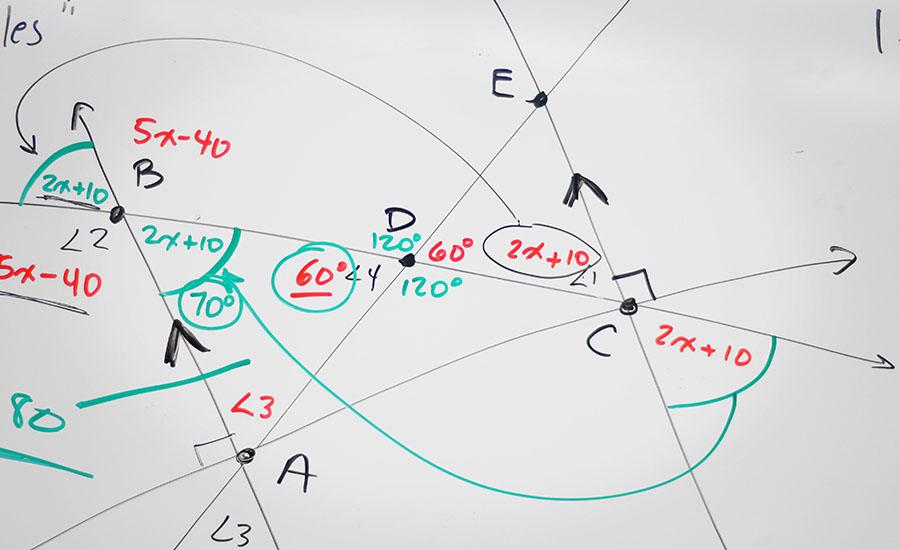
Students will be able to code a simple program using EdScratch in order to survive in the ecosystem by avoiding their predators. Using Edison as an animal in the food chain, students will be able to

Students will be able to code a simple program using EdScratch in order to survive in the ecosystem by finding the sources of food. Using Edison as an animal in the food chain, students will be able

This lesson will take 2 60 minute class periods. Students will watch a video, read a book, and have class discussions about earthquakes. This lesson will walk students through the design process

Students will learn about forces and motion by building a straw rocket. They will measure how far their rocket flies and then build a second rocket to see if they can make it go farther.

This lesson, which is a follow up to the lesson about heating, asks students to observe the properties of objects after they have been heated and cooled to draw conclusions about the effects of

Students will use science and engineering practices to design and build a parachute out of everyday items. The parachute must be able to carry a metal washer to a specific target on the ground while

Students are introduced to a project that asks them to use classroom materials to create a new form of vision technology. Students review how the eye works, create a plan, and share that plan with

Students after learning how to use EDBlocks and EDScratch programming for Edison Robots will go to a younger class and teach those students how to do it too.

Introducing how EdScratch programming works with the Edison Robots. Activities and ideas linked in the lesson.

Lesson Two of Four: This lesson will help to show students there are lots of possibilities when building robots and students will be able to create their own prototype.

First of Four. Introduction to how Edison Robots work. Students will self discover some of the possibilities of what the robots can do.

In this lesson, students will discuss where invasive species come from and their impacts on the ecosystems in which they are found. In groups, students will research invasive species common in the

Electricity and magnetism are fundamental to the workings of nearly every gadget, appliance, vehicle, and machine we use. This great 6th Grade lesson covers magnetic fields where students will be able

This lesson plan will allow students to explore the use of a PhET simulation in creating a series and parallel circuit, then apply this knowledge in creating a real circuit. Students will also learn

In this lesson, students observe the changes in states of matter caused by heat, or the lack in changes in some objects. Students relate this to the Driving Question of what happened to the Niagara

Design a helicopter out of paper only. Students will explore design and paper types.

Students will create a geometric net to estimate how many cheerios will fit in the cube. They will use volume to create a real sized cereal box that they can fit 100 cheerios into without having lots

Students will be asked to design and build a playground using the given materials construction paper, toilet paper/paper towel rolls, jumbo/regular popsicle sticks, and glue/tape. They will learn

As part of a unit on renewable energy, students build and collect data on a solar powered fan. They learn about agrivoltaics and build a model of a racking system. They explore angles and energy use.

For this lesson, students will use the engineering design process for the tiny house design challenge, which will include a design board, floor plan, scale conversion sheet and a tiny house prototype

In this activity, students will use a table to organize information, create a graph to display data and use the correct labels. Students will also recognize the relationship among the table, the graph

Student Objectives: Your challenge is to thoroughly research real-world oil spills and what has worked to help clean them up in the past, then engineer your own prototype boom to clean up a simulated

Students will build the strongest boat they can using only aluminum foil. They will learn about engineering design, water displacement, the effects of gravity, decimal multiplication, and geometry.

Your job is to build an aqueduct that will supply the Roman cities with clean water to private homes, public baths and glorious fountains. With this success, the citizens will drink clean water
